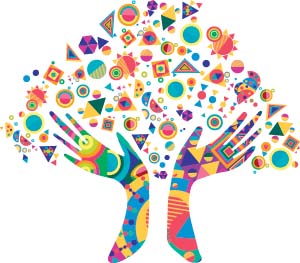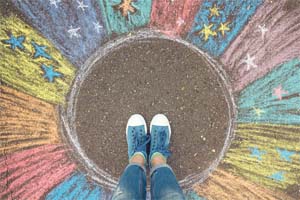Feature Facts: January 2022
High-Leverage Practices in Inclusive Classrooms

To ensure that inclusive education is effective, school leaders should support all teachers in implementing common high-leverage practices (HLPs). HLPs, such as providing oral and written feedback to students, checking student understanding during and at the end of lessons, and designing single lessons and sequences of lessons, provide a foundation for instruction across grade levels and content areas with every student. School leaders can better serve the development of teachers—and meet the needs of all students, including those with disabilities—through their knowledge and use of HLPs.
Techniques to Help Students With Trauma

Regardless of how students reveal their trauma, schools can create programs that help students manage its effects and be successful. Effective trauma programs should include:
- Identifying students in need of help and creating a safe space for them to recover in a trusting environment
- Giving students time to process and connect to adults who will listen to what they say
- Showing students that they are surrounded by school personnel who genuinely care
- Developing and regularly reviewing ongoing plans for support that may include coordinating counseling and outside services
Creating a STEM School

A common misconception in many high schools is that students are either STEM kids or they’re not. However, STEM isn’t only for students who excel at science, technology, engineering, or math—STEM is for all. At Central High School in Grand Junction, CO, educators have collaboratively created five STEM pillars to be emphasized in all classrooms:
- Problem Solving
- Critical Thinking
- Citizenship
- Resiliency
- Creation
Rethinking Grading

Teachers and school leaders don’t have to agree on every component of grading, but a child’s grade should reflect mastery of the content being delivered. One strategy to help schools focus explicitly on academic mastery and encourage positive behavior is to include a soft-skills report card along with a traditional report card. Soft-skills report cards can be rubric-based and include metrics such as:
- Work habits
- Collaboration/Participation
- Respect
- Initiative
- Homework completion
- Any other area the school deems appropriate
